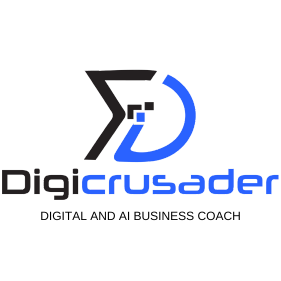Introducing new employees to a company is more than just providing a desk and a welcome email. It’s about creating an environment where they feel integrated, valued, and equipped to succeed. Traditional processes can be time-consuming and inconsistent, but automation is revolutionizing the way organizations approach this crucial task. But what makes it such a game-changer?
Enhancing Efficiency from Day One
Manual onboarding often involves a lot of back-and-forth communication, which can lead to delays and errors. With automated onboarding software, organizations can streamline the entire process by centralizing all necessary documentation, training modules, and compliance requirements. This eliminates the need for endless paperwork and reduces the burden on HR professionals. Imagine how much time your team could save by automating repetitive tasks!
Employees, too, benefit from this efficiency. They receive clear instructions and can complete their requirements at their own pace, making it easier to get up to speed. This raises spirits and establishes a favorable precedent for their term.
Boosting Employee Engagement and Satisfaction
First impressions matter, especially for new hires. A confusing or disorganized system can negatively impact their perception of the company. With automated solutions, new hires receive a structured, step-by-step introduction that helps them understand company culture, roles, and expectations. This clarity and support increase engagement, making employees feel more confident and welcome.
Ensuring Compliance and Consistency
Compliance is critical to employee integration, especially in industries with strict regulations. Manual processes can lead to discrepancies, missed documentation, or non-compliance issues. Automated software addresses this concern by documenting and completing every step. It also helps maintain consistency so every employee, regardless of location or department, receives the same high-quality experience. Businesses guard against potential legal issues by lowering the risk of mistakes and non-compliance. This not only saves money but also helps maintain a positive reputation.
Personalized Employee Experiences
While automation might sound impersonal, it actually enables a more personalized experience. Automated systems can tailor the journey based on the employee’s role, department, or location. For example, a software engineer might have access to coding tutorials and development tools, while a sales professional might receive training on CRM systems and sales strategies. Achieving this level of customization manually can be challenging. Automated tools make it possible to help new hires feel that their individual needs and professional development are being considered.
Reducing Turnover Rates
Did you know that effective training and onboarding can significantly reduce employee turnover rates? New workers are more likely to stay with a company if they feel encouraged and prepared during their early days. An automated system ensures that they receive all necessary training and information and fosters a sense of belonging. Employees who feel confident and competent early on are less likely to leave.
Enabling Seamless Integration with Other HR Tools
One major advantage of using automated platforms is their ability to integrate with other HR tools. Whether it’s payroll systems, learning management platforms, or performance-tracking software, these solutions can create a cohesive ecosystem that simplifies data management and enhances the employee experience. Businesses can no longer afford to use antiquated onboarding procedures. Automated onboarding software not only simplifies the onboarding process but also creates a more engaging and consistent experience for new hires. It enhances efficiency, ensures compliance, and helps reduce turnover rates—all of which contribute to a stronger, more unified organization. By embracing these solutions, businesses can set themselves apart as forward-thinking, employee-focused organizations.

